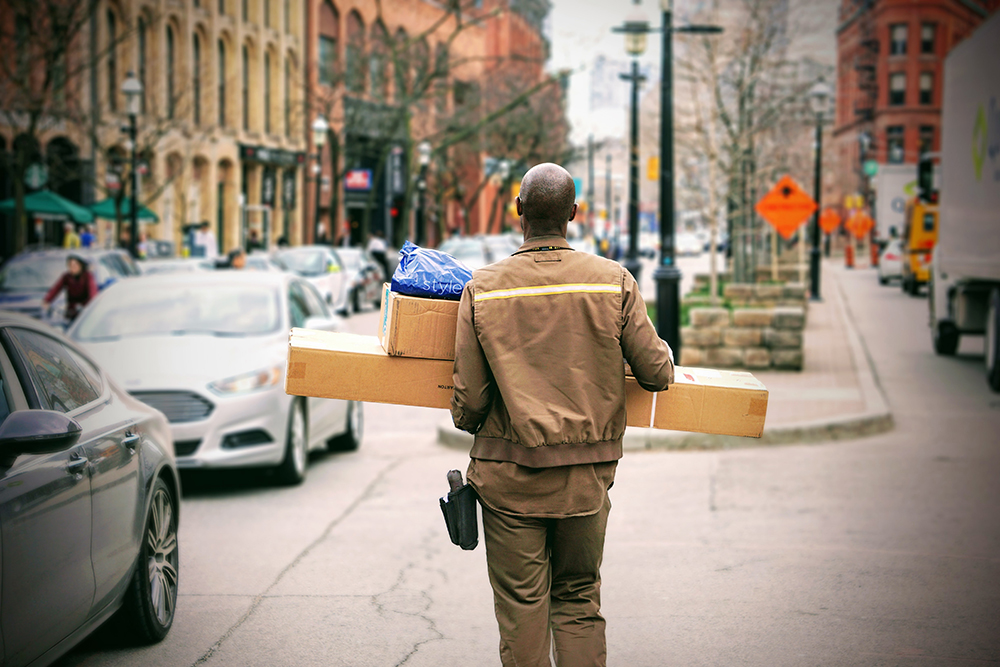Transport and delivery robots convey items of all kinds, like parcels and purchases from one party (often the provider or broker) to another (often the customer) or they accompany and relieve pedestrians and cyclists of their burden. From 2016 to 2018, Swiss Post tested small transport robots by Starship Technologies in Berne. Amazon began testing autonomous robots in a suburb of Seattle at the beginning of the year. According to USA TODAY, they will deliver packages to customers in Irvine, California. Irvine is a university town with about 250,000 inhabitants. It was planned and built in the 1960s by the Irvine Company. “Amazon said the robots, which are light blue and have the Amazon smile logo stamped on its sides, are able to avoid crashing into trash cans or pedestrians. Still, a worker will accompany the robots at first.” (USA TODAY, 6 August 2019) This is, of course, an effort that cannot be operated indefinitely. Once the escort is removed, there may be a higher likelihood of accidents. Transport robots of this type are dangerous trip hazards. They also create enormous complexity in urban traffic. These problems were addressed in Oliver Bendel’s article “Service Robots in Public Spaces” in June 2017 which can be downloaded here.
BY OLIVER BENDEL
